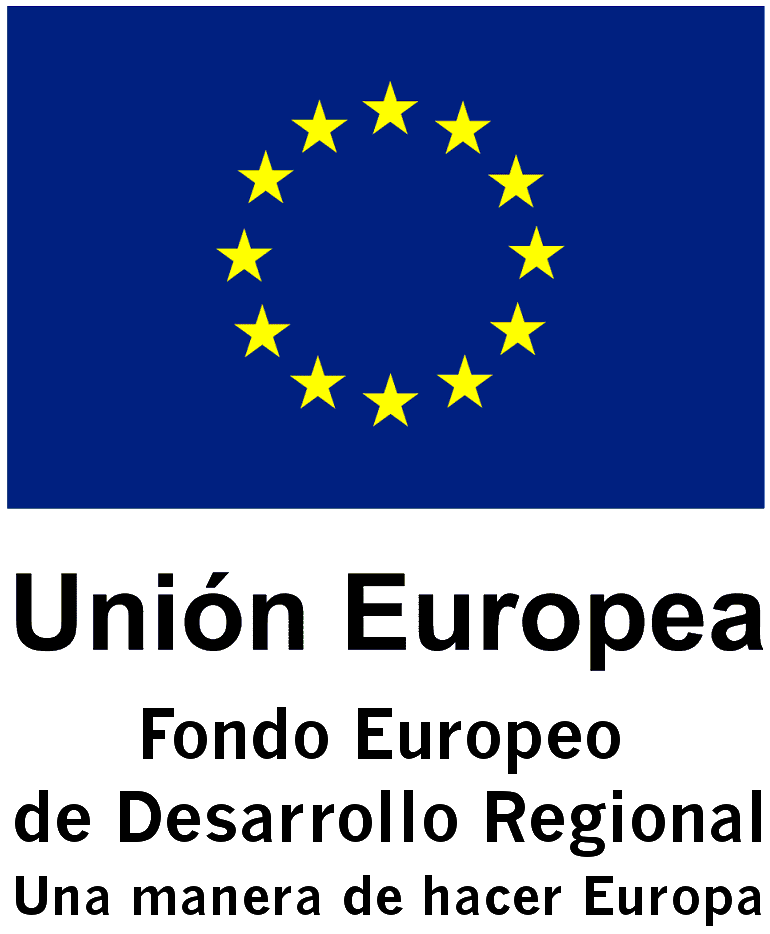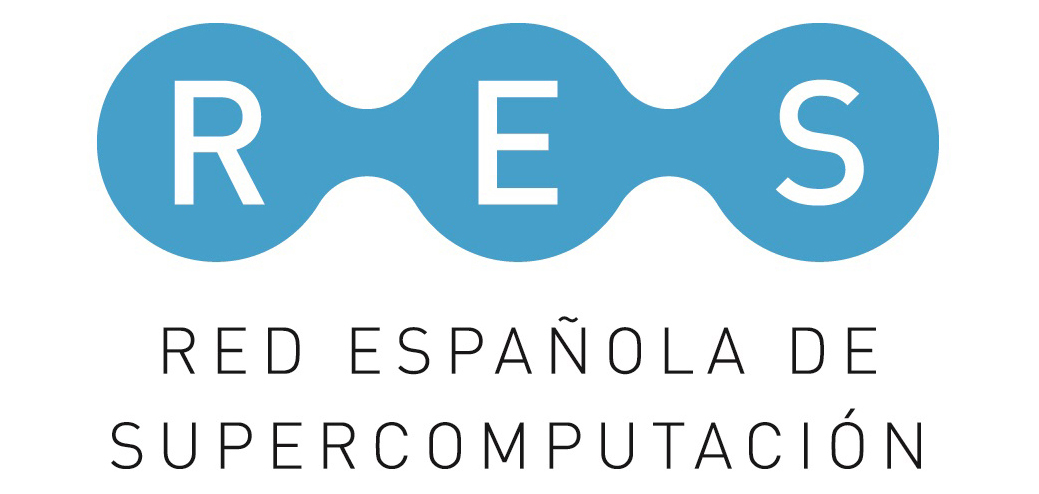A methodology for network analysis to improve the cyber-physicals communications in next-generation networks
Cyber-physical systems allow creating new applications and services which will bring people, data, processes, and things together. The network is the backbone that interconnects this new paradigm, especially 5G networks that will expand the coverage, reduce the latency, and enhance the data rate. In this sense, network analytics will increase the knowledge about the network and its interconnected devices, being a key feature especially with the increment in the number of physical things (sensors, actuators, smartphones, tablets, and so on). With this increment, the usage of online networking services and applications will grow, and network operators require to detect and analyze all issues related to the network. In this article, a methodology to analyze real network information provided by a network operator and acquire knowledge of the communications is presented. Various real data sets, provided by Telecom Italia, are analyzed to compare two different zones: one located in the urban area of Milan, Italy, and its surroundings, and the second in the province of Trento, Italy. These data sets describe different areas and shapes that cover a metropolitan area in the first case and a mainly rural area in the second case, which implies that these areas will have different comportments. To compare these comportments and group them in a single cluster set, a new technique is presented in this paper to establish a relationship between them and reduce those that could be similar.
- D. Cortés-Polo, L.I. Jiménez Gil, J. González-Sánchez and J. Calle-Cancho. A Methodology for Network Analysis to Improve the Cyber-Physicals Communications in Next-Generation Networks. Sensors 2020, 20(8), 2247; doi:10.3390/s20082247.
- Publicación de impacto de investigaciones de CénitS en Analítica de datos [CénitS].


